Maria Boyle holds a BA in design crafts from De Montfort University, and has been the Artist in Residence at Banbury and Bicester College since September 2014.
She was awarded Licentiate by the Society of Designer Craftsmen in 2014, and was selected for their winter exhibition in 2015.
Maria was also invited to be a demonstrator in the textiles tent at Art in Action, which is coming up in Oxford in July.
In this interview, Maria Boyle discusses her passion for colour, maximizing her space for artwork at home, and the moment she finally felt confident to call herself an artist.


Textiles can be so forgiving
TextileArtist.org: What initially captured your imagination about textile art?
Maria Boyle: I grew up in a family where textiles were really loved, and so I have always valued textiles as being more than simply functional. I have always enjoyed exploring different materials but textiles really captured me as I discovered how cloth and fibres can be so versatile and expressive. I can create an exact colour or texture or shape by using various techniques and manipulations to bring my ideas to life.
The right colour is very important to me and through dye, print, stitch, knit, needle felting etc I find the hue and effects I am after. I love how tactile textiles are and how by using different materials the feel of them can change and say different things. Being a soft material, they can be 2D or 3D, be it a wall hanging, woven, sculptural, or something completely different.
I enjoy the fact that textiles can be so forgiving and reworked as you are evolving your piece.
What or who were your early influences and how has your life/upbringing influenced your work?
My mother and grandmother were incredibly important early influences, which is something I am realising more and more as I get older!
They and their extended family were all accomplished in making clothes, household linens, and frugally adapting found objects into functional household objects. This includes weaving plastic bags into rugs, as well as making more decorative pieces for the home such as tapestry wall hangings and embroidered panels. As I was growing up, they were always making, and would never just sit without working on something. My mother had planned to go to art school before she met my father and she was very creative. She tried to teach me, but as a child I was very resistant as I associated these activities too much with a domestic life.
Coming from northern Sweden, they had a different appreciation of colour, form and style. As I grew older I developed a new respect and interest in their cupboards full of old, handworked, beautiful cloth and began to see them more as parts of my cultural heritage. I attempted little projects but did not seem to have the patience and diligence to complete much so instead I visited art galleries, exhibitions and craft shows and appreciated creativity as a visitor.
Sadly, it was only after they both passed in 2005 that I reconnected with my creative side and discovered my own abilities. I think about them a lot and I’m sure they would be very amused that I am now doing the things that I resisted for so long.
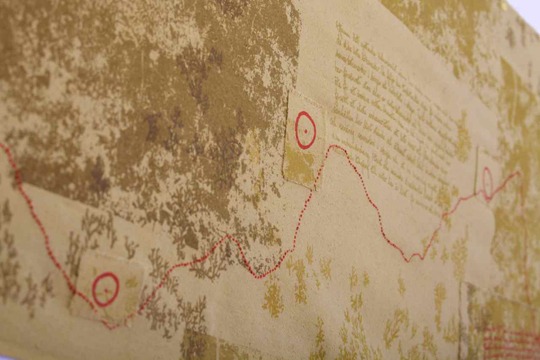
Juggling work and life
What was your route to becoming an artist?
In 2007 I became self employed and freelanced in my profession of Qualitative Research. As this meant I had periods of free time I decided to do a few courses. The two I chose changed my life forever. First an intensive course in applied colour psychology using the colour affects system, and in the autumn I started a one year part-time course called ‘Access to Art and Design’ at my local college in Banbury. On these courses I discovered a love of colour and that I had some creative ability.
College encouraged me to continue studying with a BA, which I could continue part-time, but also meant another six years! This initially seemed a bit daunting, especially as I already had a degree in geography and environmental science from my youth; however, I was enjoying college so much I decided I wanted to continue and started a BA in design crafts in 2008. Although design crafts focused mainly on metal, ceramics and textiles, we were encouraged to mix materials and techniques and apply our designs. I also supplemented this with lots of short courses and day workshops to learn and explore different techniques, especially in print-making. The six years flew by and gave me the time to develop my practice while juggling work and life. In the last year of my course I felt that I had really found myself and could call myself an ‘artist’.
What is your chosen medium and what are your techniques?
I work across many media and do not stick to one as it depends what I am trying to express. I prefer to work with natural materials such as linen, silk, wool, and cotton, especially if they have a slub or woven texture. I generally decide on my colour palette, dye the cloth, mark and colour it using screen-printing or mono printing, and then add more texture and colour with needle felting, stitch, knit, appliqué and weave. I particularly like working on my machine embellisher as I can make an even more tactile cloth without the RSI!
How would you describe your work and where do you think it fits within the sphere of contemporary art?
I describe myself as an applied artist as I think of my work as art that happens to be mainly made from soft materials. I make work for exhibitions, pieces for the home and commissions, and designs that can be applied further.
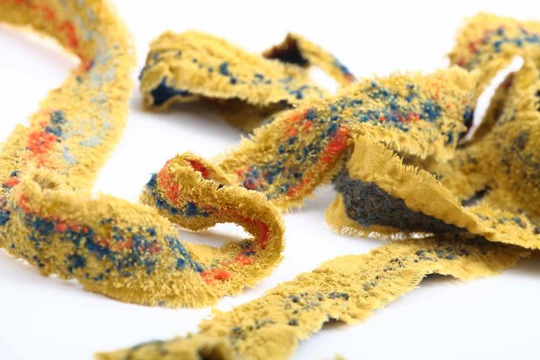
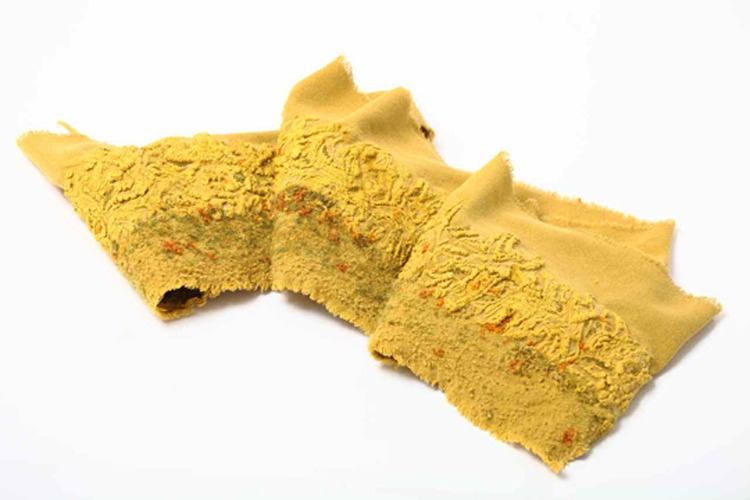
Colour, materials and thoughtful detail
Tell us a bit about your process and what environment you like to work in?
I fully immerse myself in the subject I am working on and do a lot of research, take photos etc. I do a lot of thinking, writing, drawing, sampling and experimenting. I work in different places depending on what I need to do; drawing, sampling and making in my small studio, working on long print tables at college, dyeing in my kitchen, or sewing and knitting in front of the radio or TV.
Until I get a big enough studio, I have work at different stages all over the house!


Do you use a sketchbook?
Yes. It is more of a scrapbook as I generate a lot and I like to keep it all in one place: notes, printouts, photos, sketches, samples, and more. I always feel I should do more drawing and fill a sketchbook with just drawings but as I always seem to be on a deadline for something it hasn’t happened yet.
What currently inspires you and which other artists do you admire?
Lots of things inspire me, such as nature, the landscape, maps, colours, shapes, and patterns. Science also interests me and I love visiting museums as much as art galleries. The Wellcome Collection a particular favourite. I have also always been captivated by the past and faded old buildings, churches, walls, stone work, and faded marks.
I admire many artists and my taste is broad. From Hieronymus Bosch, Vincent Van Gogh, Karin and Carl Larsson, Paul Klee, Louise Bourgeois, and Grayson Perry, to Lucienne Day, Tilleke Schwarz, Matthew Harris, and Jo Budd. What they probably have in common is their use of colour, materials and thoughtful detail.
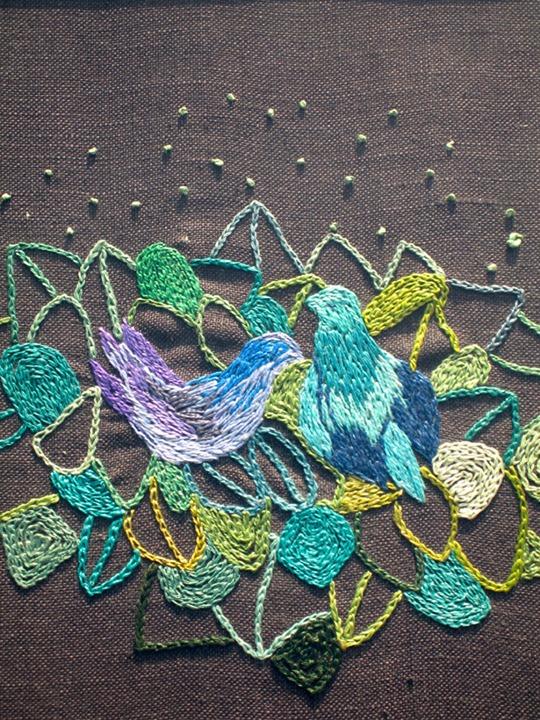
Tell us about a piece of work you have fond memories of and why?
I most associate my mother with her own embroidery designs and there are many to choose from. This abstracted bird is a particular favourite as I remember it from when I was small, liking its shapes, colours and, in particular, its French knots!
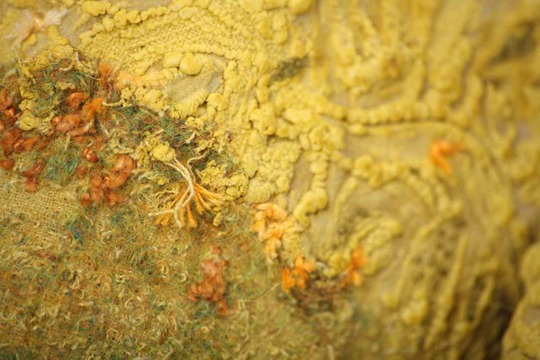
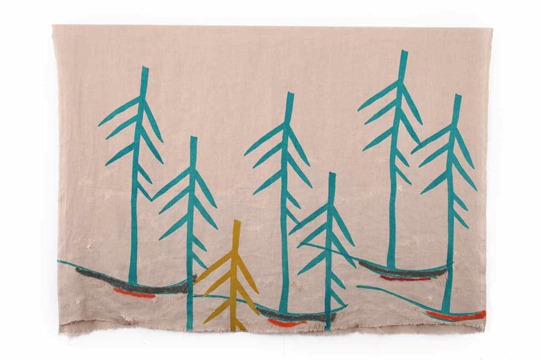
See things with fresh eyes
How has your work developed since you began and how do you see it evolving in the future?
My work is becoming less graphic, screen printed and 2D, and more textured and 3D. I am not sure where I am going in the future, it will depend on my subject, but I am working on more sculptural pieces.
What advice would you give to an aspiring textile artist?
Do it for the love and hopefully cover the cost of your materials! Work towards deadlines, and if you don’t have any, create some. Having to complete something by a certain time focuses the mind and makes you resolve and complete something. Also, just keep experimenting and learning new things, as it’s good to see things with fresh eyes.
Can you recommend 3 or 4 books for textile artists?
I am always buying books but ones that I have particularly used to inspire me are:
- [easyazon_link identifier=”1906388806″ locale=”UK” tag=”wwwtextileart-21″]Drawn to Stitch by Gwen Hedley – To think about and experiment with mark and to translate something from paper to cloth.
- [easyazon_link identifier=”095169507X” locale=”UK” tag=”wwwtextileart-21″]Cloth and Memory (2) by Lesley Millar – About the artists who responded to the Spinning Room at Salts Mill and put on an exhibition there in 2013. This is a great record of an inspiring exhibition.
- [easyazon_link identifier=”1851497277″ locale=”UK” tag=”wwwtextileart-21″]Lucienne Day Textile Design by Andrew Casey – A visual feast of her amazing designs and prints.
- [easyazon_link identifier=”B00TNBSE8C” locale=”UK” tag=”wwwtextileart-21″]Mark Making by Tilleke Schwarz – A wonderfully colourful book showing her wonderful embroideries and their quirky details.
What piece of equipment or tool could you not live without?
At the moment this would be my Janome machine embellisher, which I am currently using on most of my pieces. It makes light work of adding the extra texture I want, especially on larger pieces.

Workshops around colour
Do you give talks or run workshops or classes? If so, where can readers find information about these?
Yes. I have info on these on my website where I outline various workshops around colour, needle felting, and mono-printing, that can be adapted for specific group needs, as well as information on my Facebook page. Talks are mainly about my work, techniques and experiences so far with lots of photos, samples and work to look at.
Also, in my diary are some specific one and two day workshops that have also been developed for Art Van Go on 6th June and 30th/31st October.
How do you go about choosing where to show your work?
I consider what has impressed me and whether I would feel achievement by showing my work there. I have also applied and been accepted to join two exhibiting groups, The Society of Designer Craftsmen and Prism, who both show in London and have good reputations.
I have my ambition set on some specific galleries and exhibitions for the future that I am working towards.
Where can readers see your work this year?
Two of my pieces have been selected for the Prism ‘Lines of Communication’ exhibition at the Hoxton Arches Gallery from 20th-31st May.
As Artist in Residence at Banbury and Bicester College, I will be part of the end of year show. In July, I have been invited to be a demonstrator at Art in Action in the textile tent, 16-19th July 2015.
I have not sorted past July, but details will be put on my website once confirmed!
Here’s how to learn more about Maria Boyle: www.mariaboyle.co.uk
Be sure to share our interview with Maria Boyle on social media, and please leave a comment below.
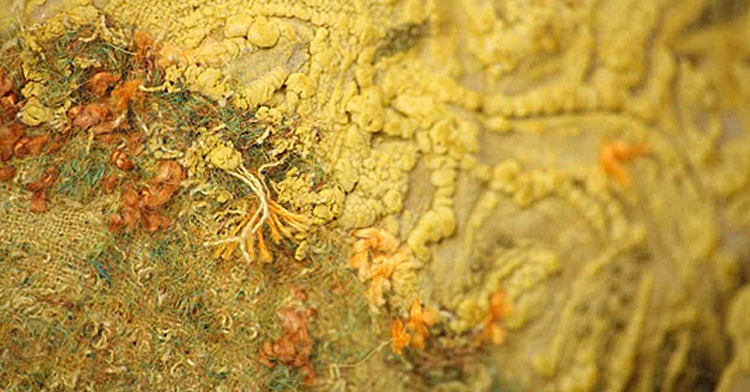
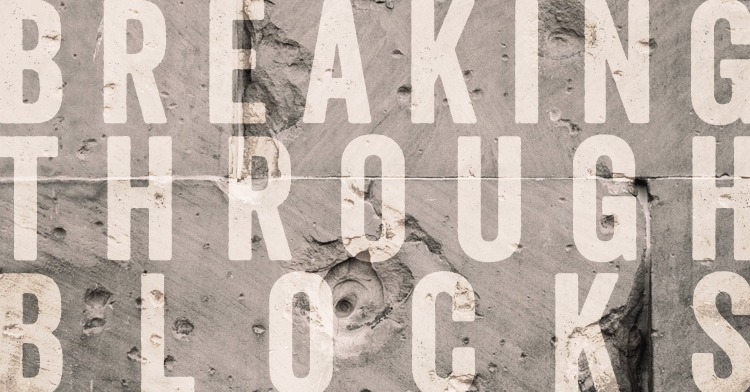
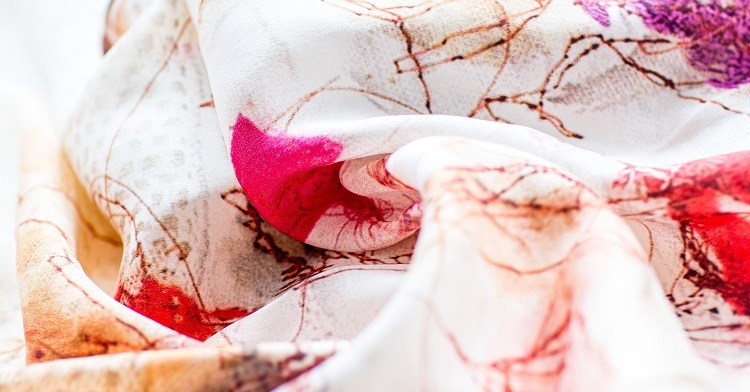
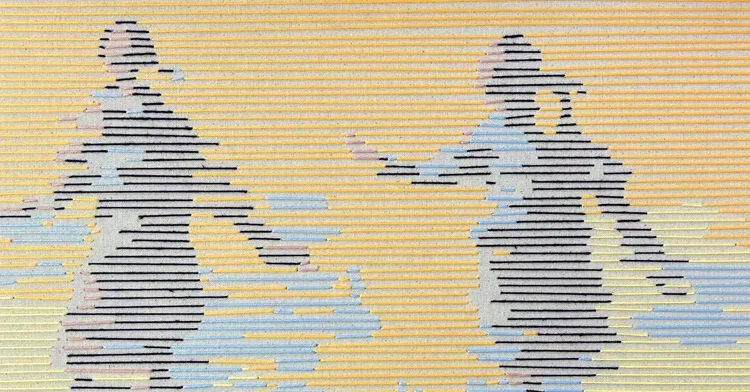
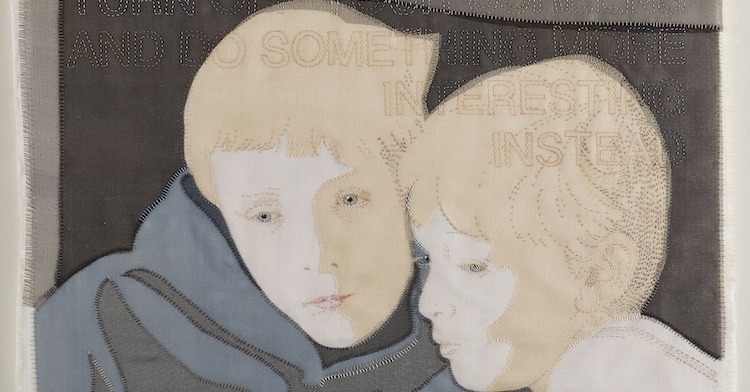
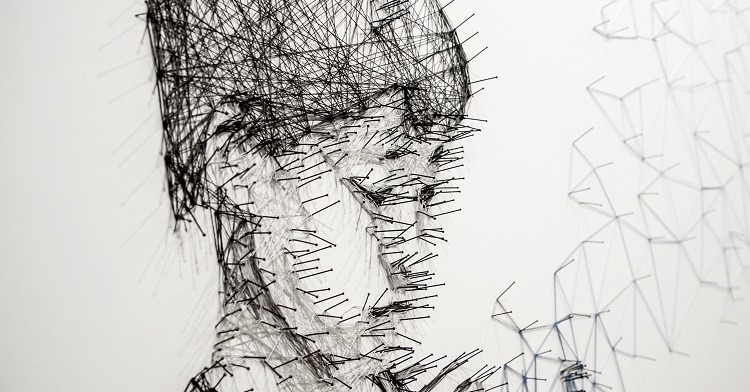
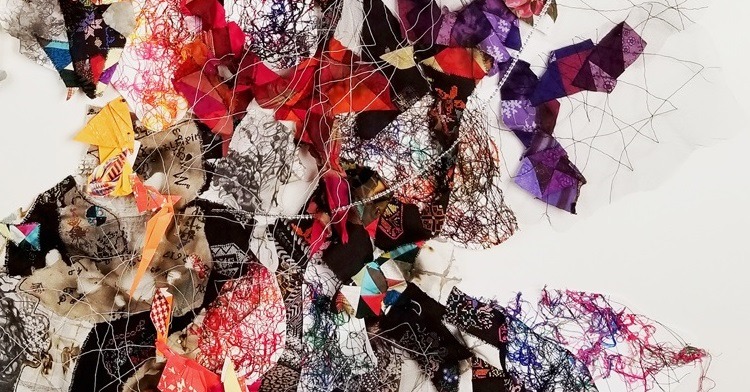
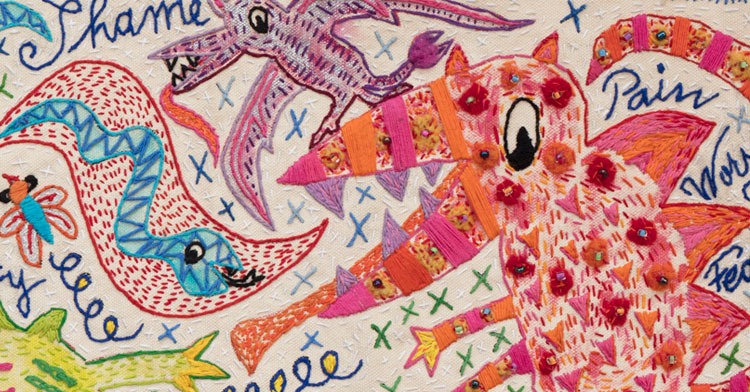

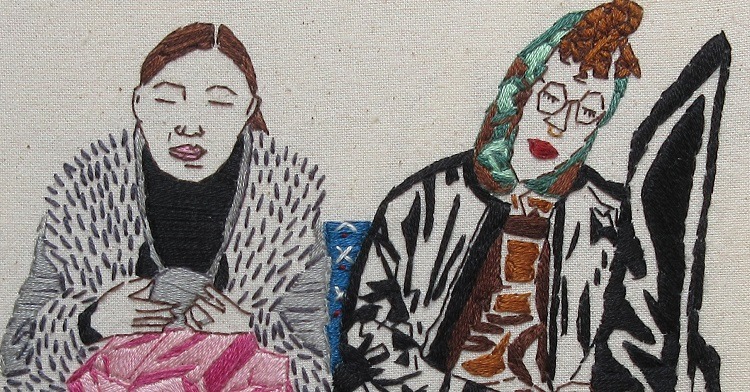
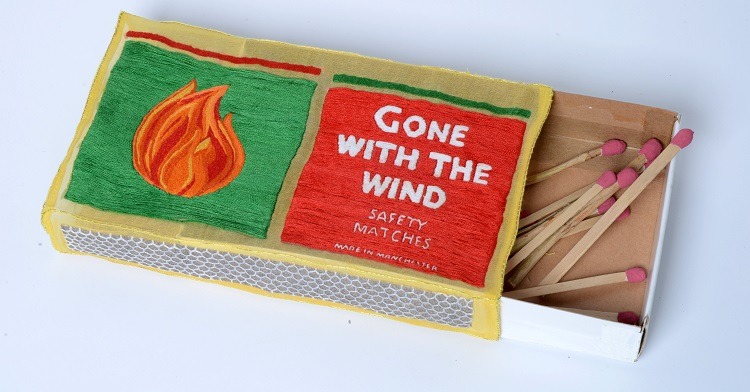
Comments